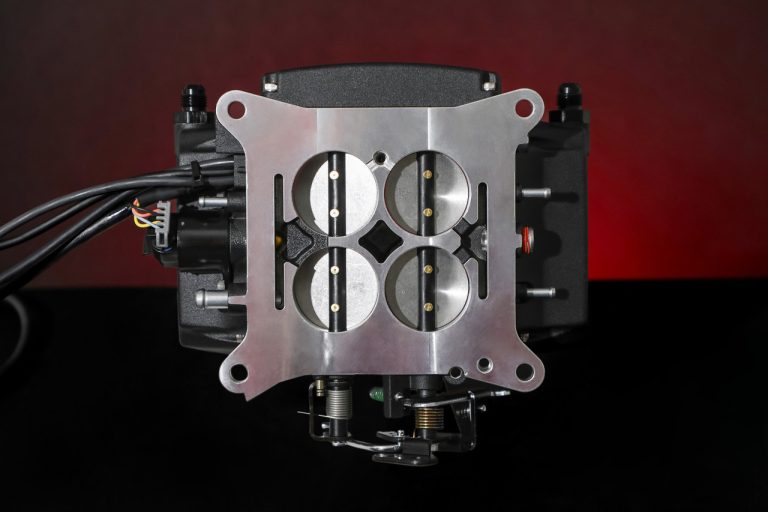what is MXene? The New Frontier in Catalysis and Synthesis
Introduction:
MXene is a new class of 2D transition metal carbides and nitrides with a wide range of potential applications. Due to their unique properties, MXenes have attracted considerable attention in recent years. MXenes can be exfoliated from their bulk form to produce atomically thin sheets that are just a few atoms thick. These sheets are then functionalized with various groups to tailor their properties for specific applications. MXenes have a variety of potential applications due to their unique properties.
For example, they can be used as catalysts, electrodes, and sensors. In addition, MXenes can be used to synthesize other materials, such as nanotubes and graphene.
The Importance of MXene in Catalysis and Synthesis
MXenes are a new class of 2D transition metal carbides and nitrides with a wide range of applications in catalysis and synthesis. They are composed of a layered structure of transition metal atoms sandwiched between two carbide or nitride layers. The layered structure of MXenes gives them a large surface area, which makes them ideal for catalytic applications. MXenes also have a high degree of chemical and thermal stability, which makes them ideal for use in high-temperature reactions.
MXenes are effective catalysts for a variety of reactions, including the reduction of NOx emissions, the production of hydrogen gas, and the synthesis of new materials. MXenes can also be used as a catalyst support material, providing a large surface area for the attachment of catalytic nanoparticles.
MXenes have also been shown to be effective for the synthesis of new materials. MXenes can be used as a template for the synthesis of nanotubes and nanorods. MXenes can also be used to produce thin films of new materials. The unique properties of MXenes make them a promising new material for a variety of applications in catalysis and synthesis.
The Structure and Properties of MXene
MXenes are a new class of two-dimensional (2D) materials that are derived from MAX phases. They are composed of layers of transition metal atoms (e.g., Ti, V, Cr, Mo, etc.) sandwiched between layers of carbon atoms. MXenes have a variety of unique properties, including high conductivity, corrosion resistance, and the ability to catalyze reactions. MXenes are synthesized by exfoliating a MAX phase using strong acids, such as hydrofluoric acid or sulfuric acid. This process results in the formation of nanosheets that are just a few atoms thick. The MXenenanosheets can then be used as a catalyst or as a building block for other materials.
MXenes have a variety of potential applications, including in energy storage, water purification, and as a catalyst for chemical reactions. In addition, MXenes can be used to create flexible electronics and coat medical implants. The potential applications of MXenes are limited only by the imagination. With their unique combination of properties, MXenes could revolutionize a wide range of industries.
The Synthesis of MXene
MXene is a new class of two-dimensional (2D) transition metal carbides and nitrides with a composition of M_n+1X_n (M = transition metal, X = C, N, O, or S). They were first synthesized in 2011 by Prof. YuryGogotsi and his team at Drexel University. MXenes have shown great promise in a variety of applications including energy storage, water filtration, and electromagnetic interference shielding. More recently, MXenes have been used as catalysts in the synthesis of organic compounds. In this process, MXenes act as both a Lewis acid and a metal-organic framework (MOF).
The Lewis acidity of MXenes arises from their transition metal centers, which can readily donate electrons to organic molecules. The MOF nature of MXenes provides a large surface area for the adsorption of reactants and products. This combination of properties makes MXenes ideal catalysts for a variety of organic reactions. The first step in the synthesis of MXenes is the oxidation of a transition metal carbide or nitride. This can be accomplished using a variety of methods, including chemical vapor deposition (CVD), atomic layer deposition (ALD), and electrochemical oxidation.
Oxide to form MXene
Once the transition metal oxide is formed, it is exfoliated in an organic solvent to form individual MXene flakes. The MXene flakes are then washed and dried. The next step in the synthesis of MXenes is the reduction of the transition metal oxide. This is typically accomplished using a hydrogen-containing gas, such as hydrogen gas or methane. The reduction step can also be done using an electric arc furnace. Once the transition metal oxide is reduced, the MXene flakes are again washed and dried.
The final step in the synthesis of MXenes is the functionalization of the MXene flakes. This is typically done using an organic molecule, such as an amine or an acid. The functionalization step can be used to tailor the properties of MXenes for specific applications. For example, functionalization can be used to introduce catalytic sites onto the MXene surface.
The Applications of MXene in Catalysis and Synthesis
Since their discovery in 2011, MXenes have garnered much attention due to their unique properties and potential applications in a variety of fields. In particular, MXenes have shown great promise in the fields of catalysis and synthesis. In this blog post, we will explore some of how MXenes are being used in these two fields. One of the most promising applications of MXenes is in the field of catalysis.
MXenes are effective catalysts for a variety of reactions, including the reduction of NOx emissions, the hydrogenation of alkenes, and the oxidation of alcohols. Furthermore, MXenes can be used as catalyst supports, providing a highly active surface on which other catalytic materials can be deposited. This makes MXenes an attractive option for a variety of catalytic applications.
Conclusion
Another area where MXenes are being explored is in the field of synthesis. MXenes are effective catalysts for a variety of reactions, including the reduction of NOx emissions, the hydrogenation of alkenes, and the oxidation of alcohols. Furthermore, MXenes can be used as catalyst supports, providing a highly active surface on which other catalytic materials can be deposited. This makes MXenes an attractive option for a variety of synthetic applications. Overall,
MXenes show great promise in the fields of catalysis and synthesis. Their unique properties make them ideal catalysts and support for a variety of reactions. Additionally, their ability to be produced in large quantities makes them an attractive option for industrial applications. With continued research, MXenes are likely to play an important role in these fields in the years to come.

Greetings! I’m thrilled to introduce myself as a dedicated blogger with a fervent passion for crafting meticulously researched and insightful blogs. My mission is to provide you, the readers, with a treasure trove of valuable information. Join me in this exciting adventure of discovery – Thanks







